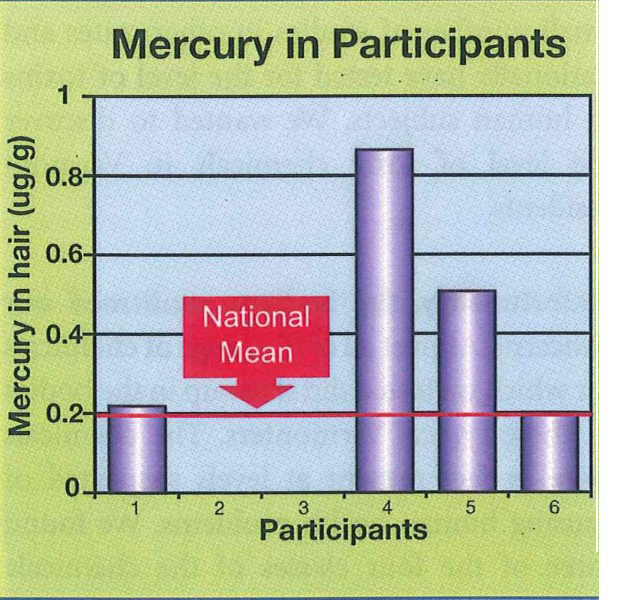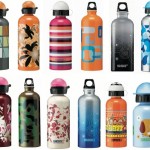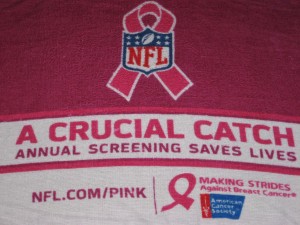
I love Halloween and last year I was incredibly excited to be invited to a costume party. I had the perfect geisha outfit and matching wig; all I needed to complete the look was white face paint. Last fall was when I really started to learn about contaminants in products we use on our bodies and in our homes, so when I set out to find my geisha make-up, I laboriously read all of the face paint labels in Party City. I eventually selected the only brand which claimed to be “toxic free”. I will tell you what is truly scary – my “toxic free” face paint may not have been toxic-free at all.
The Campaign for Safe Cosmetics, a national coalition of nonprofit health and environmental groups, sent 10 children’s face paints to an independent lab to test for heavy metals, and also reviewed ingredient labels of Halloween products sold at a seasonal holiday store. The findings, compiled in the new report, Pretty Scary, include:
•Ten out of 10 children’s face paints contained lead at levels ranging from 0.05 to 0.65 parts per million
(ppm).
•Six out of 10 children’s face paints contained the potent skin allergens nickel, cobalt and/or chromium at
levels ranging from 1.6 to 120 ppm – far exceeding industry safety recommendations of 1 ppm.
•Snazaroo Face Paint, labeled as “non-toxic” and “hypoallergenic,” contained some of the highest levels
of lead, nickel and cobalt found in the study.
“Lead is dangerous to the developing brains of children at any level. It is now widely accepted in the scientific community that there is no threshold level below which lead is safe,” said Phil Landrigan, M.D., Director, Children's Environmental Health Center Mount Sinai School of Medicine. The U.S. Centers for Disease Control and Prevention recommends that parents avoid using cosmetics on their children that could be contaminated with lead.
(more…)

 The
The  The more we learn about the 80,000-100,000 unregulated chemicals out there, the more we realize how dangerous some are to our health. There is growing evidence linking chemical exposure to
The more we learn about the 80,000-100,000 unregulated chemicals out there, the more we realize how dangerous some are to our health. There is growing evidence linking chemical exposure to 



